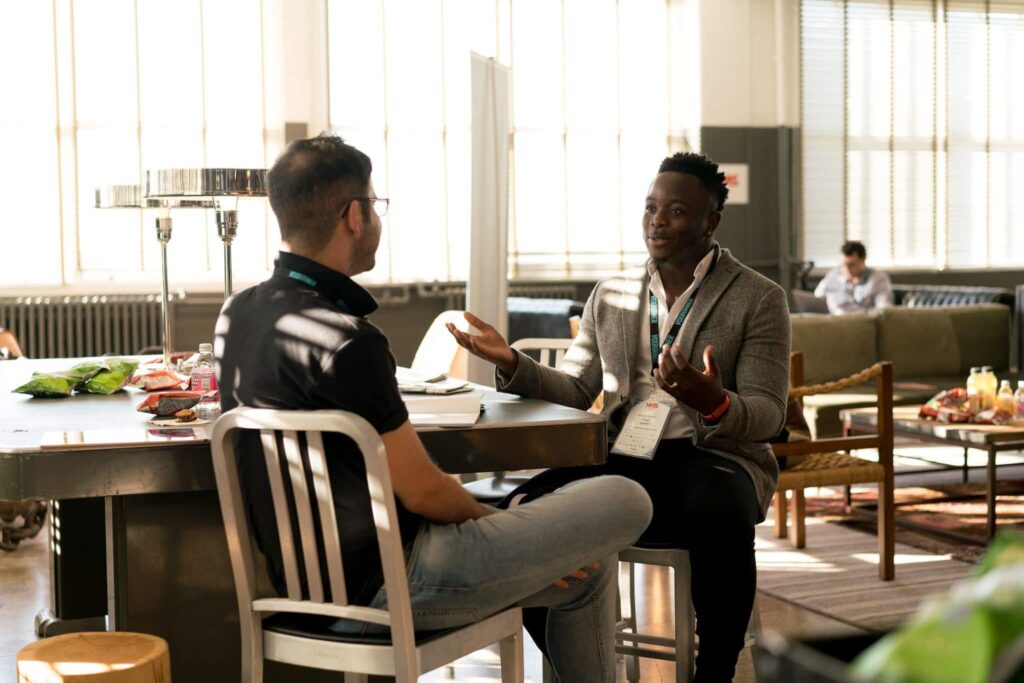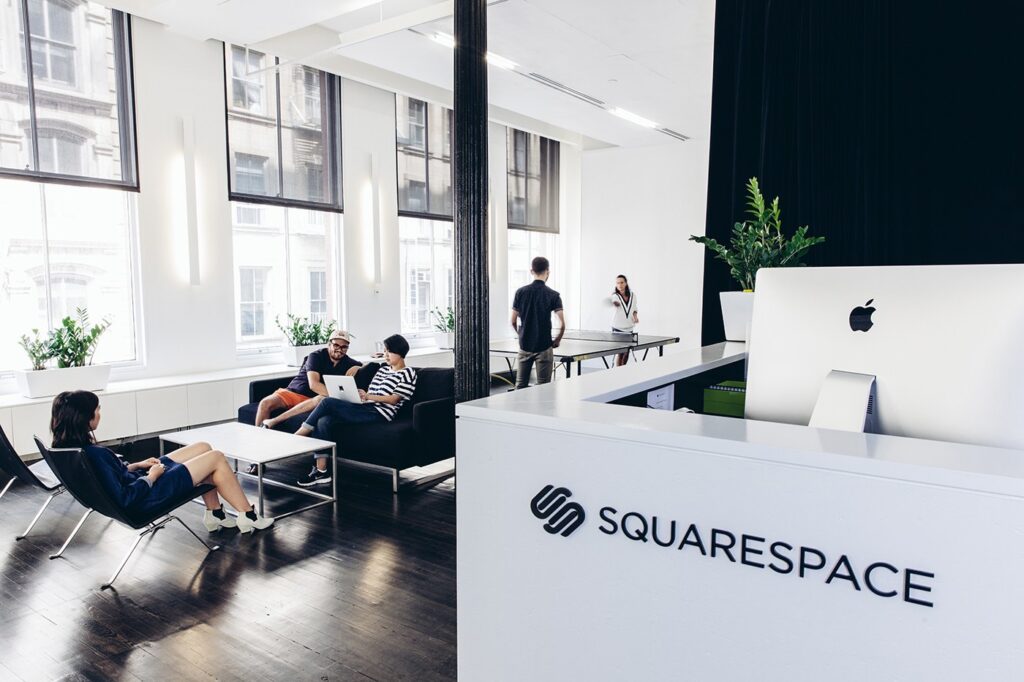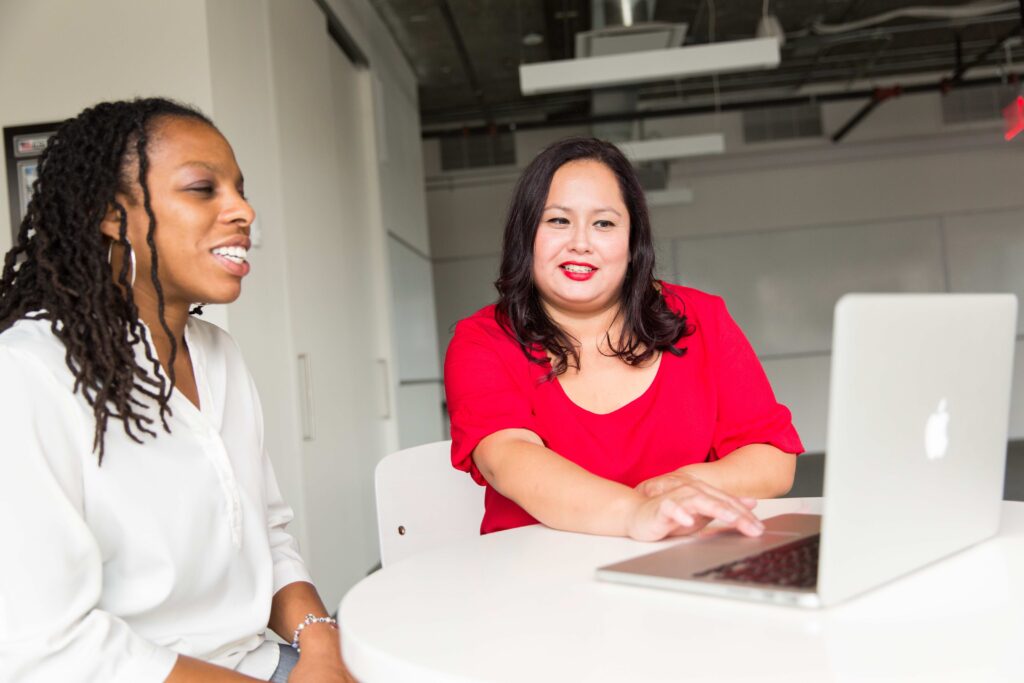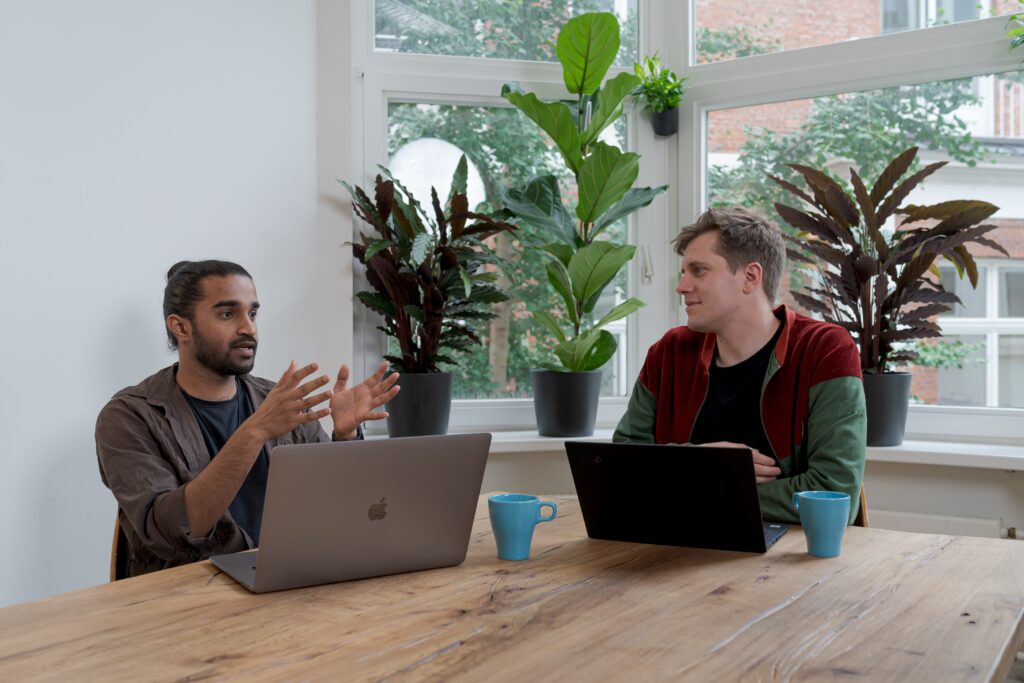What is a dojo and what does it have to do with tech enablement?
Tech enablement typically happens in sandbox testing environments where people can safely experiment with code without making changes to the final product. Sandboxes allow you to play around with code and be creative without fear of serious errors to the product.
But what happens when developers leave the sandbox and start working on live code? Most existing code bases are much more difficult to navigate and understand than the samples of sandboxes. Without the safety of the sandbox, they become risk-averse and can find their creativity stifled for fear of making a big mistake.
Is there another way to learn that doesn’t end up stifling creativity while also making it easier to apply new skills to current products and codebases? To answer this question, Joel Tosi and Dion Stewart turned to the ancient way of the dojo. The dojo, traditionally a place to learn to embody the disciplines martial arts and Zen Buddhism, is a helpful model for the ways human beings best learn new skills or disciplines–by immersing themselves in an environment that shapes the whole person, not just the brain, such as you would see in the martial arts dojo in your town.
Applying dojo wisdom to tech enablement, Joel and Dion have created learning environments staffed by experienced coaches. The key difference in their sessions is that people work on live products while learning, under the guidance of an experienced coach. This setup provides experiential learning that connects learners to what they do day-to-day.
Why it works
When working with teams inside a dojo, Joel explains that they are trying to avoid skill isolation and to improve the way teams deliver across the whole value stream. Early in their six-week experience, a team in the dojo focuses on gaining a deep understanding of their product. They support engineering organizations with product exploration to understand the needs behind the product, the ‘why are we building this next feature’ context.
The thinking is that, if a team understands the problems they are trying to solve and applies good engineering practices to it, they can better learn to deploy it rapidly. They can also use the skills they have learned to put metrics around the deployment, which feeds back into discovery. This cycle creates a more impactful, contextualized learning experience.
Most importantly, they emphasize that learning is social. People need to interact with each other, either remotely or in person, to create knowledge. Connection creates learning feedback loops between people, which helps to spread ideas.
In these immersive spaces, tacit knowledge gets transferred from experts to learners. Concepts and techniques that are difficult to articulate and impossible to knowledge-dump are instead formed within learners through dojo practices, allowing coaches to recreate their expertise in others experientially.
In a follow up to Creating Your Dojo, Joel and Dion released Coaching for Learning: the Art and Practice. The new book is a guide to practicing the way of the dojo, moving from theory to principles to techniques for a way of tech enablement that forms learners through immersive experience.







